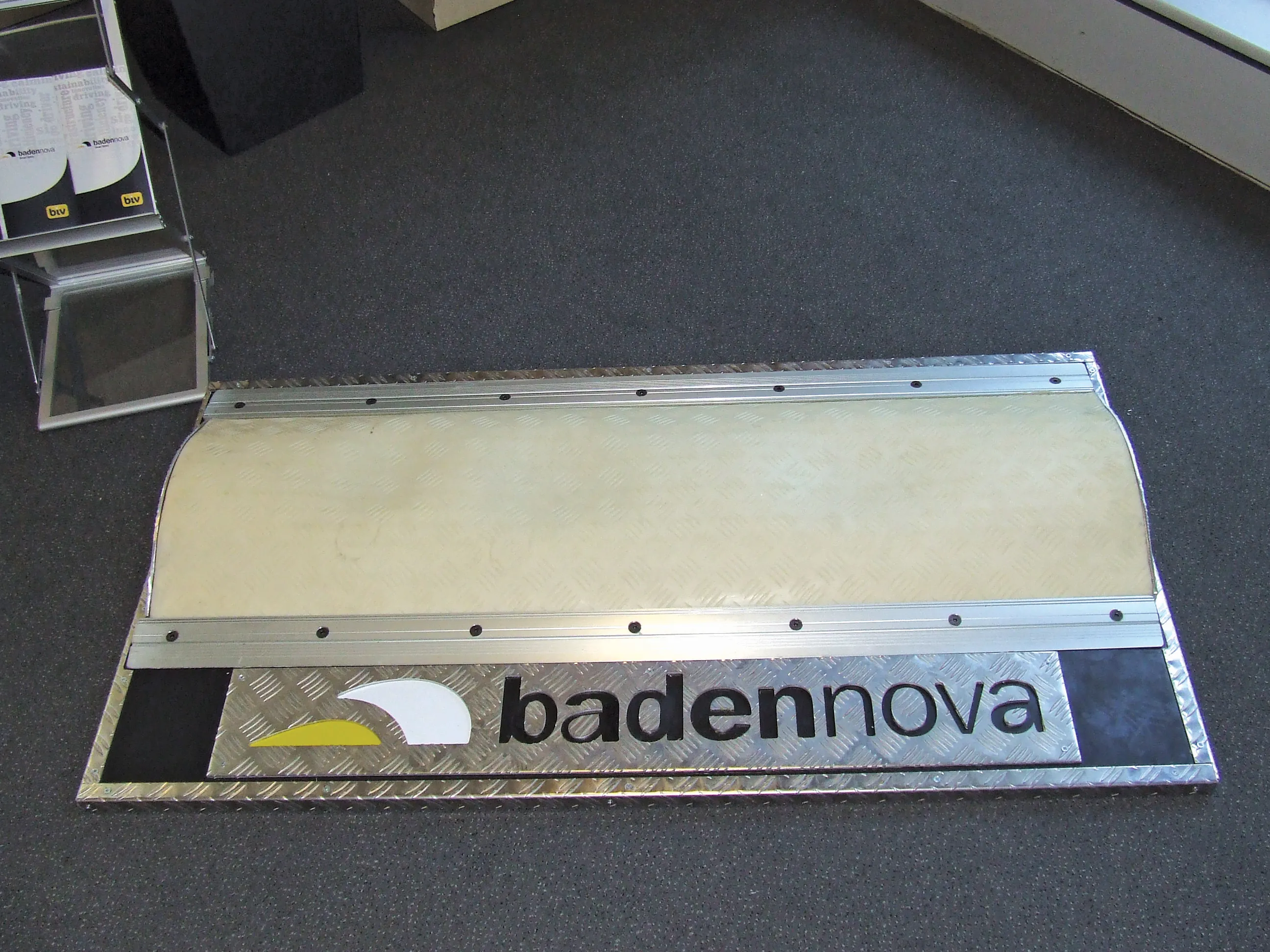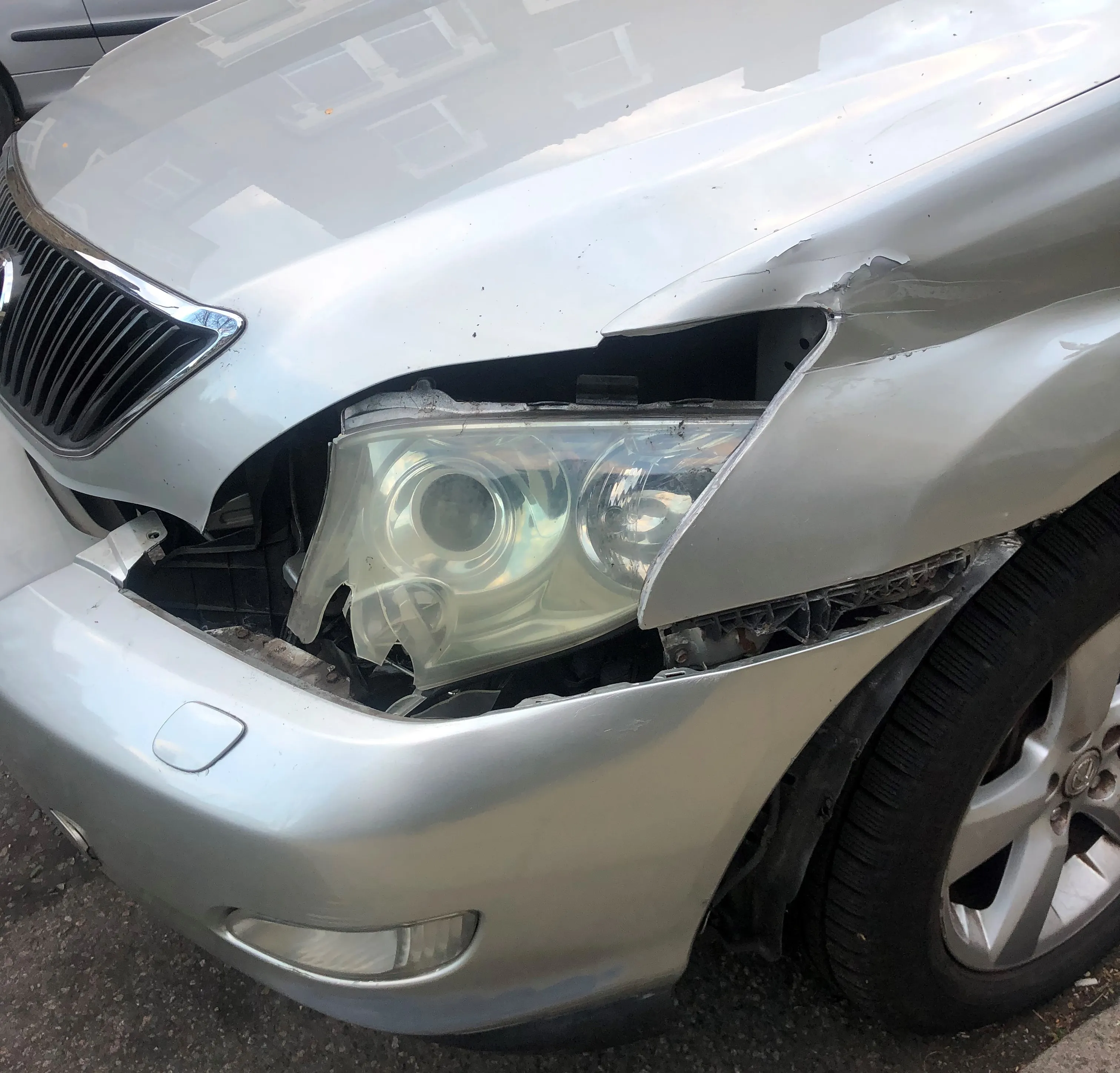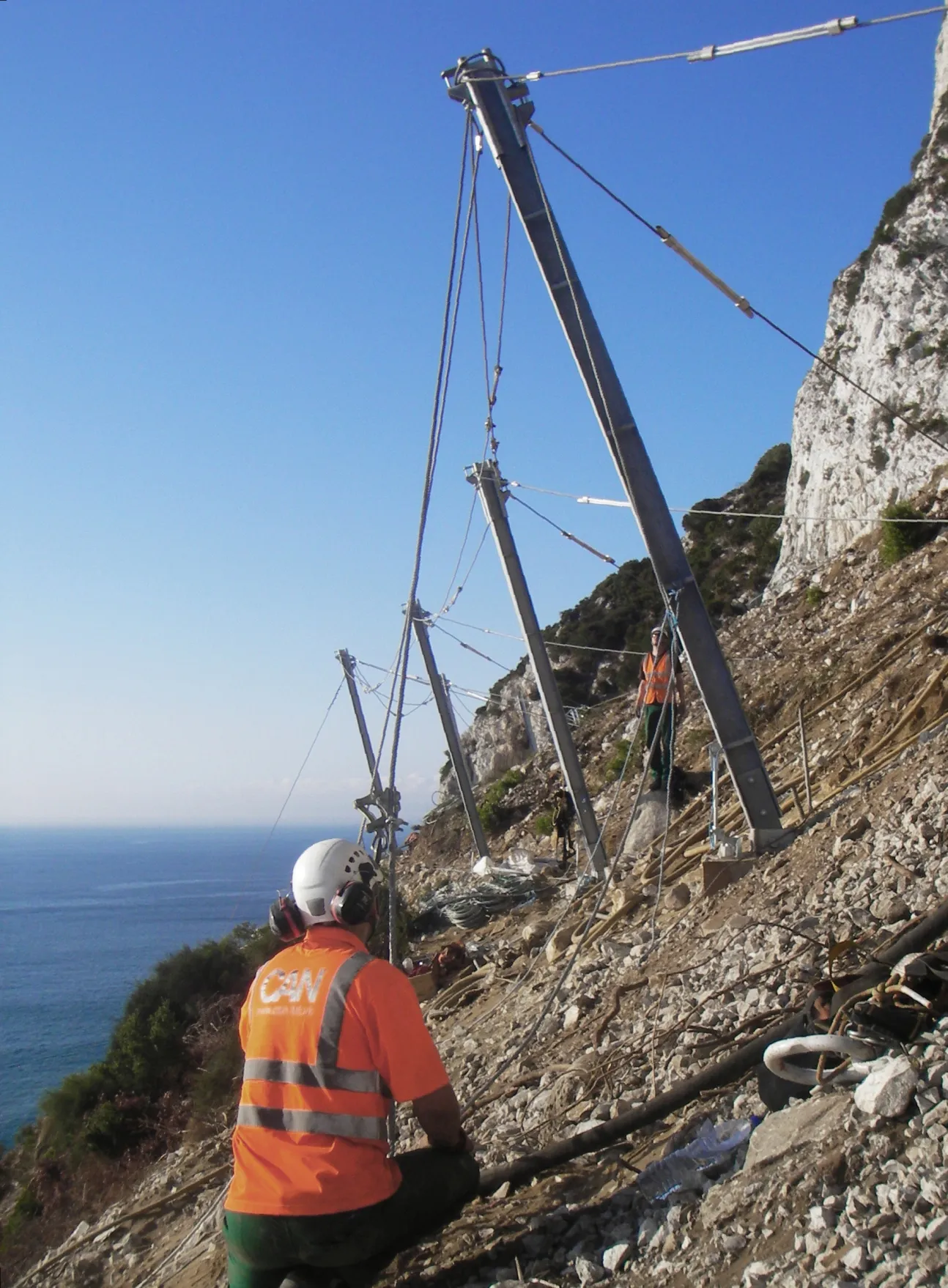
Spanish firm
When a vehicle drives over the bump at a speed below its rating, the bump deforms so as to minimise the shock. However, should a vehicle drive over the bump in excess of the speed rating, the liquid will not allow rapid deformation and transfers its shock to the vehicle. The first of these units has been tested over a five-year period successfully and the products are now being installed for use in indoor parking areas. A new version that can be used in outside applications will be available at the end of 2013, using a liquid with a viscosity that does not change along with increases or falls in temperature.
Because the speed bump deforms when driven over at the intended limit for the route, it offers additional advantages also. As long as the driver remains at or below the posted speed limit, there is no risk of damage to a vehicle and the unit will also not damage low-slung performance cars that can be vulnerable to conventional speed bumps. There is also reduced noise in use and no risk of damage to the roadway behind the speed bump from heavy vehicles.
In addition, the firm is working on a post protection system for crash barriers. This is designed to meet Spanish requirements for protecting motorcyclists from injuries from barrier support posts. The barrier protection system uses much of the same technology developed for the speed bump. However unlike the speed bump, the design has been configured so that the product becomes more shock absorbent with speed. This helps protect a fallen rider in the event of a potential impact.








